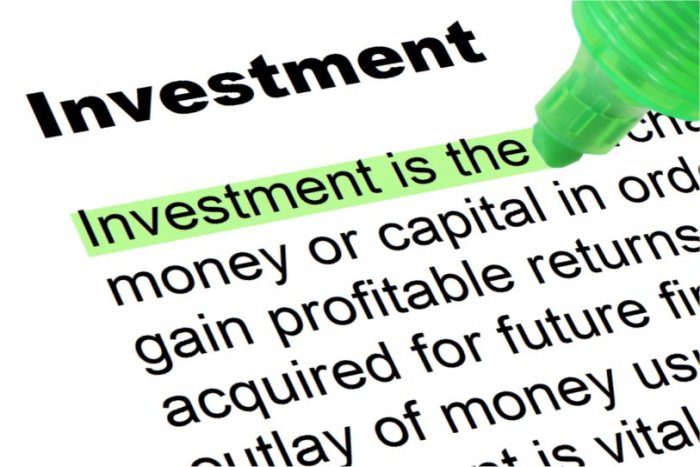
One of the trickiest things about personal finance is that investing for the future is always suggested as a no brainer, but most ordinary people don’t really have the time to go about doing it. It’s a problem particularly for millennials. Young people entering the professional world are told time and time again to put money away and invest for their future wellbeing. However, unless they specifically studied economics or financial trading in school, the actual means by which they should invest are pretty much left up to them to figure out. And it’s a lot to ask of someone who’s also trying to start his or her career.
If your plan is to build up a portfolio in the stock market for long-term personal management, there’s no way around these steps: You’re going to have to set money aside, educate yourself on everything from opening an account to reading trading patterns, and find the time to keep tabs on it all. But if you want to invest and simply don’t have time for all of that, there are some other ways to go about it.
Invest In A Mutual Fund
Mutual funds are recommended fairly commonly for young professionals intrigued by the stock market but unable or unwilling to manage it themselves. When you invest in one of these funds, you’re effectively putting your money under the control of a professional account manager who’s trading not only your funds but those of other investors. The advantages here, aside from profiting from a professional’s experience and saving your own time, are diversification and affordability. With funds from various investors at play, the fund manager can easily spread out the lump investment over a diverse range of assets (which decreases the likelihood of a net loss significantly). And you can usually buy in with less money than it takes to open an account on your own, because many investors are compiling the fund.
It’s a pretty reliable way to explore investment when you don’t have time, though that doesn’t mean it doesn’t carry risk. However, if you want to take an even simpler route, there is now an app (Acorns) that basically simulates a mutual fund with very small amounts. With this app, you link up your credit cards and enable the program to round up to the nearest dollar every time you make a purchase. It then invests the difference in a diversified portfolio that you’ve selected in advance (on a scale of conservative to risky). It’s not quite the same, but it’s similarly hands-off and arguably lower risk than a true mutual fund.
Try Peer-to-Peer Lending
Peer-to-peer lending isn’t available everywhere, but you may want to consider it if you have the opportunity to engage in this particular brand of alternative investment. Basically, the idea of this type of deal is to take the middleman out of the lending equation. Sites facilitating peer-to-peer lending allow you to supply funds (sometimes as low as $25) for the needs of others, whether that means a single lender or several. You then earn interest on the returns, and without a bank in the middle you can generally do well with the interest rates. Furthermore, with your funds diversified across a range of lenders, you enjoy the same benefit as a diverse stock portfolio—it’s less likely that the losses of a single asset affect you negatively in the long run.
Explore The Forex Market
Forex, aka the currency trade, appeals to a huge number of investors around the world for a variety of reasons. Some like that the massive liquidity of the market makes movement (arguably) easier to track. Others enjoy the simplicity of the market due to the fact that only a small collection of world currency pairings dominate the majority of the market. But if your concern with investing is that you just don’t have time to pay attention to an account on the average business day, you may appreciate the forex market simply due to its market hours and overlap. By nature, a stock exchange is open during normal work hours, which makes it virtually impossible to responsibly manage an account while holding an ordinary job. But the forex market follows currencies around the world as different economies grow active all day and all night, meaning you can sometimes find a pocket of time after hours to regularly monitor an account.
Go For Low-Fee Investment
There are also options for those who want to remain in traditional financial markets but are unsure about the major commitments involved in setting up a portfolio the old-fashioned way. There are now mobile apps that give users access to real stock exchanges, but allow them to get started with $5 or less. These apps eliminate the hefty fees that come with making trades as well as getting started with a broker, and basically let the user take investing at his or her own pace. Using these apps still requires time, attention, and education, but you can also educate yourself on the go without risking a significant amount of money—and then up your investment if and when you feel ready to.
Each of these methods carries risk, but each is also more accessible to someone living a busy lifestyle who may not have a background in financial management.
